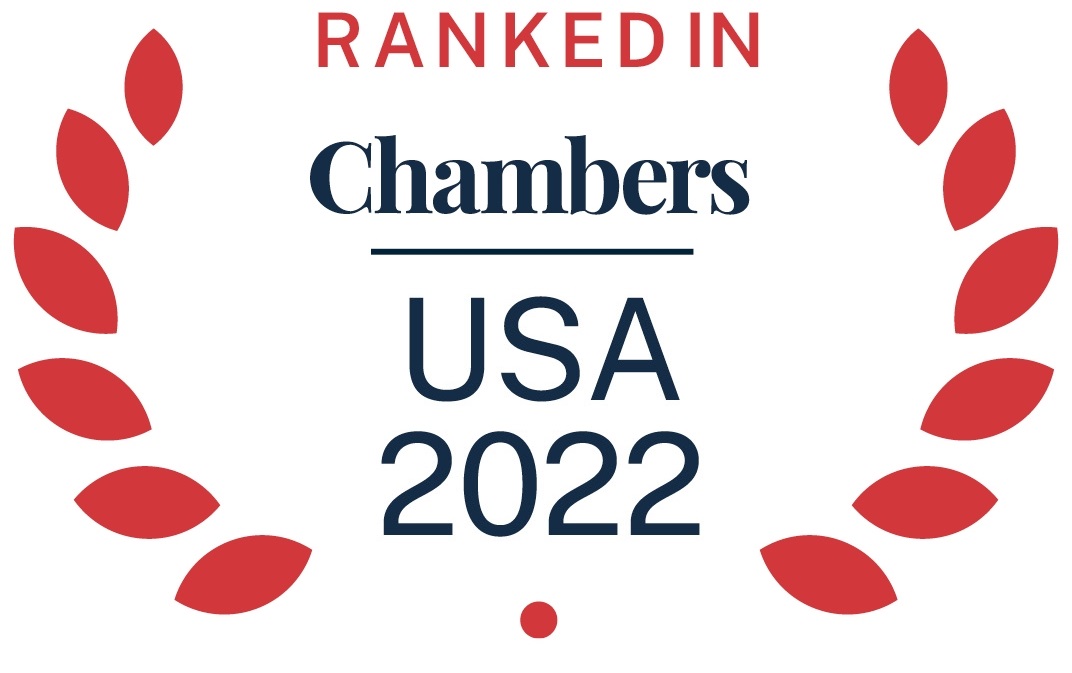On 7 September 2017, the European Court of Justice issued a decision (Decision) on the interpretation of the European Union Merger Regulation (EUMR). The Decision clarifies the conditions under which the EUMR applies to the setting-up of joint venture companies.
WHAT HAPPENED:- 3(4) of the EUMR stipulates that the “creation” of joint ventures requires a notification only if the joint venture “performs the functions of an autonomous economic entity” (Full-Function JV).
- Companies with management dedicated to its day-to-day operations, as well as access to sufficient resources including staff, finance and assets usually qualify as Full-Function JV. If the joint venture has only one specific function for the parent companies (e.g. supplying input products or services), and has no or only very limited own resources, it is unlikely to be considered a Full-Function JV.
- There has been considerable uncertainty whether Art. 3(4) EUMR applies only to the creation of a new company (greenfield operation), or whether it also applies if joint control is acquired over an existing company.
- The European Commission significantly contributed to this uncertainty by repeatedly taking inconsistent and contradictory positions. In a fairly unusually move, the ECJ’s Advocate General chastised the European Commission, calling it “extremely regrettable” that the European Commission did not “commit to a clear and uniform approach and then apply it consistently”.
- The ECJ’s Decision comes at the request of an Austrian court. The Austrian court had to decide whether the acquisition of joint control over a small asphalt plant–which does not qualify as Full-Function JV–requires notification and clearance under the EUMR by the European Commission.
- The ECJ has now held that the change of sole control to joint control only requires a notification under the EUMR if the newly created joint venture qualifies as a Full-Function JV.
- The Decision brings much-awaited clarity to a key issue of European Union merger control.
- If two or more companies create a joint venture company, it will be subject to the EUMR only if it qualifies as s Full-Function JV. This applies both to greenfield operations, where a new company is created, and the change from sole to joint control over an existing company. Whether a notification to the European Commission is actually required, will depend on whether the jurisdictional turnover thresholds under the EUMR are met.
- The creation of joint ventures which do not qualify as Full-Function JV does not require notification to and clearance by the European Commission. However, these joint ventures may still be subject to merger control in one or several EU Member States.
- The European Commission required and accepted in the past the notification of transactions which involved the creation of joint ventures not qualifying as Full-Function JV. Following today’s decision by the ECJ, it appears that the European Commission did not have jurisdiction. An interesting question to be explored in the coming weeks and months is therefore whether the Decision [...]
Continue Reading
read more

 Subscribe
Subscribe
